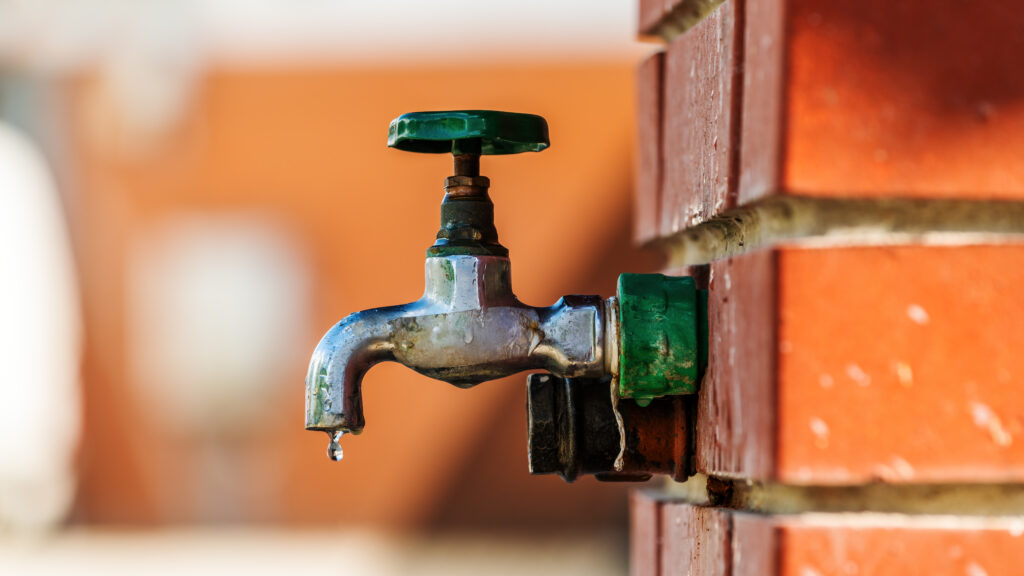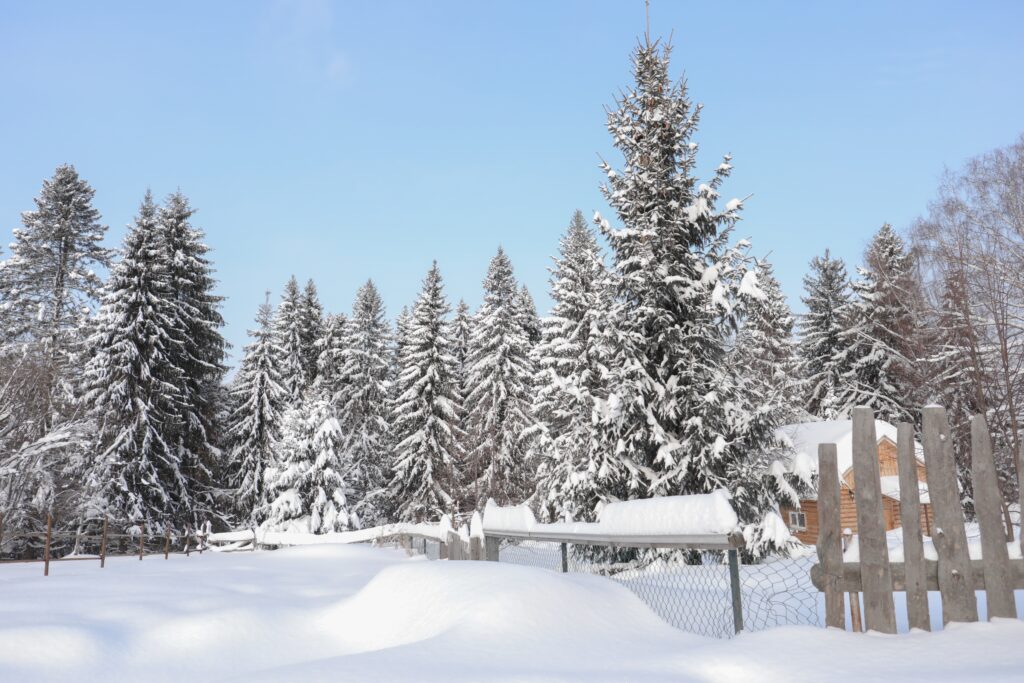As the temperatures drop, it’s essential to prepare your well system for the harsh conditions of winter. Winterizing a well protects your water supply from freezing, prevents damage to vital components, and avoids costly emergency repairs. Without proper preparation, the freezing temperatures can wreak havoc on your well, disrupting water access. Here are practical tips for winterizing a well and ensuring your system stays operational throughout the cold season.
Why Winterizing Your Well is Important
Winterizing a well is not just about keeping water flowing—it’s about protecting the entire water system from costly damage. When temperatures drop below freezing, the water inside pipes, pumps, and pressure tanks can freeze and expand. This expansion can lead to cracks, leaks, or even burst pipes. If the system becomes damaged, repairs can be costly and disruptive.
Beyond the financial impact, a frozen well can leave you without water when you need it most. Winter storms and extreme weather already disrupt daily routines, and losing access to clean water only adds to the problem. Winterizing your well can prevent service interruptions and ensure your water system remains reliable all winter.
Essential Tips for Winterizing a Well
Protect Your Wellhead, Pipes, Pump, and Pressure Tank
One of the most effective ways to protect your well system is to insulate exposed components like the wellhead, pipes, and any external water lines. Insulation prevents cold air from coming into direct contact with pipes, reducing the risk of freezing. Foam pipe insulation, weather-resistant wraps, and heat tape are all excellent materials for this task.
Inspect the well cap and casing for any cracks, gaps, or signs of wear. Cold air entering the system can freeze water around the wellhead or inside the casing, which may compromise the well’s structural integrity. If you spot cracks or spaces, apply a waterproof, weather-resistant sealant to close them. For larger gaps, you may need to replace the well cap entirely. Ensuring a tight seal around the well cap helps keep internal components warm and protects against freezing. Proper insulation is a proactive measure that can prevent extensive damage and ensure that water continues to flow without interruption.
Above-ground pumps and pressure tanks are particularly vulnerable to freezing temperatures. If you have an above-ground pump, it must be protected with insulation or housed in a temperature-controlled environment. Placing the pump and tank inside an insulated well house or storage box provides an additional layer of protection

Install Frost-Proof Spigots and Hydrants
If your well system is connected to outdoor spigots or hydrants, it’s wise to replace them with frost-proof models. Traditional outdoor faucets are prone to freezing because water remains inside the line, where it can expand and cause pipes to burst. Frost-proof spigots are designed to drain water from the pipe, reducing the risk of freezing and helping you avoid a major wintertime plumbing disaster.
Drain Unused Water Lines and Hoses
Outdoor water lines and hoses are some of the most vulnerable parts of a well system during winter. Any water left in these lines can freeze, expand, and crack the pipes. Before temperatures drop, drain any unused water lines and disconnect garden hoses from outdoor spigots.
If you have irrigation systems connected to your well, those lines should also be drained. Once drained, consider using an air compressor to blow out any remaining water from the pipes. This process ensures that no residual water remains, eliminating the possibility of freezing. By properly draining these water lines, you avoid unexpected leaks and damage once temperatures rise again.
Schedule a Professional Well Inspection
While many homeowners can handle basic winterizing tasks, a professional well inspection is the best way to ensure your entire system is ready for freezing temperatures. A professional inspection can identify hidden vulnerabilities in your system that you might overlook, such as cracks in the well casing, pump issues, or early signs of corrosion.
During an inspection, a technician will check the integrity of the pump, pressure tank, and wellhead. They will also ensure that insulation is properly installed and that all essential components are protected from extreme temperatures.
Signs Your Well May Be at Risk During Winter
Even with the best preparation, it’s essential to stay alert for signs of potential freezing or system failure. If you notice any of these signs, it’s time to take action before the problem worsens.
- Reduced Water Pressure – If water pressure suddenly drops, it could indicate that ice is partially blocking the flow of water.
- Unusual Noises from the Pump – Loud or strange sounds coming from the pump may signal that it’s working harder to push water through a frozen pipe.
- Complete Water Supply Disruption – If your water stops flowing entirely, it’s a clear sign that a pipe or pump may be frozen.
- Frost or Ice on the Wellhead – If you see frost on the well cap or casing, it means cold air is seeping into the system, which could freeze internal components.
Addressing these signs immediately can prevent more severe issues, such as burst pipes or pump failure. If you suspect freezing, consider contacting a professional to assess the damage and restore water flow.

Why Professional Service Matters
While some aspects of winterizing a well can be done as a DIY project, there are significant benefits to hiring a professional. Waterways Water Service has the experience, equipment, and knowledge to ensure that every part of your system is properly protected from freezing temperatures. We can identify hidden vulnerabilities, apply weather-resistant seals, and ensure insulation is installed correctly.
Working with a professional also provides peace of mind. Instead of worrying about whether you’ve done everything right, you’ll have confidence that your well system is secure for the season. Waterways Water Service is your best choice for high-quality water pump and well system services throughout South Jersey. Based in Egg Harbor City, NJ, our family-run business proudly serves Ocean, Atlantic, Burlington, and Cape May counties.
If you’re unsure where to start or want a comprehensive inspection of your well, schedule service today.
Winterizing a Well FAQs
Why is it important to winterize a well?
Winterizing a well prevents water from freezing inside pipes, pumps, and tanks, which can cause cracks, leaks, or complete system failure. It ensures continuous access to water during winter and avoids costly repairs.
What are the key steps to winterize a well?
Key steps include insulating pipes and the wellhead, protecting pumps and pressure tanks, sealing gaps around the well cap, draining outdoor water lines and hoses, and scheduling a professional well inspection.
How do I protect my pump and pressure tank from freezing?
Above-ground pumps and pressure tanks should be housed in an insulated well house or storage box. In extreme cases, a heat source like a heat lamp may be used, but insulation is the most effective option.
How can I prevent my outdoor faucets from freezing?
Replace traditional outdoor faucets with frost-proof spigots or hydrants. Additionally, disconnect garden hoses and drain any remaining water from the pipes to prevent freezing and pipe bursts.
How will I know if my well is at risk of freezing?
Signs include reduced water pressure, unusual noises from the pump, complete water flow disruption, or visible frost on the wellhead. If any of these occur, it may signal freezing or blockage in the system.
Can I winterize my well on my own, or should I hire a professional?
While you can handle basic tasks like insulation and draining water lines, a professional well inspection ensures hidden vulnerabilities are addressed. Professionals can spot issues like cracks, worn pumps, or incomplete insulation that homeowners might miss.

